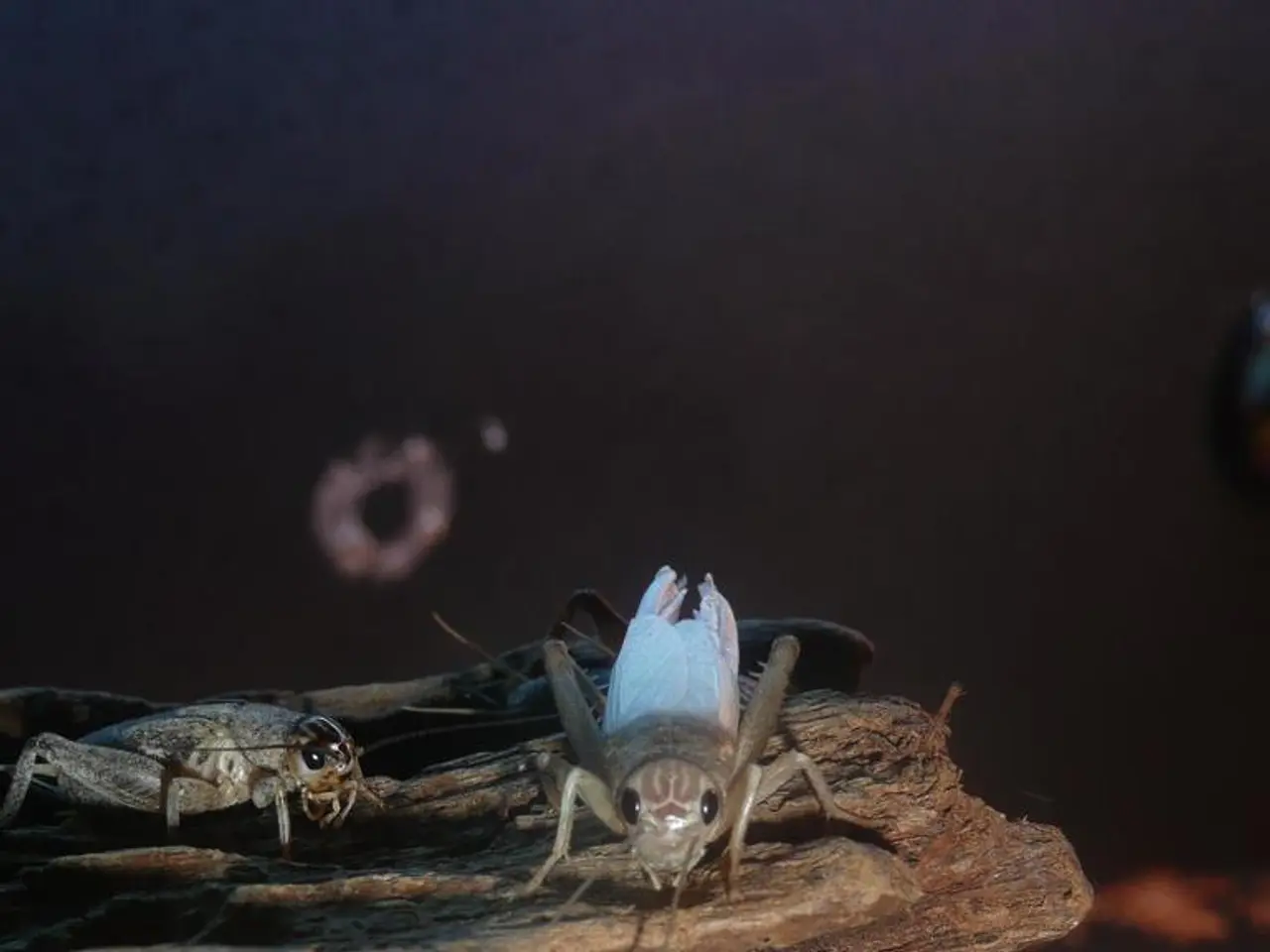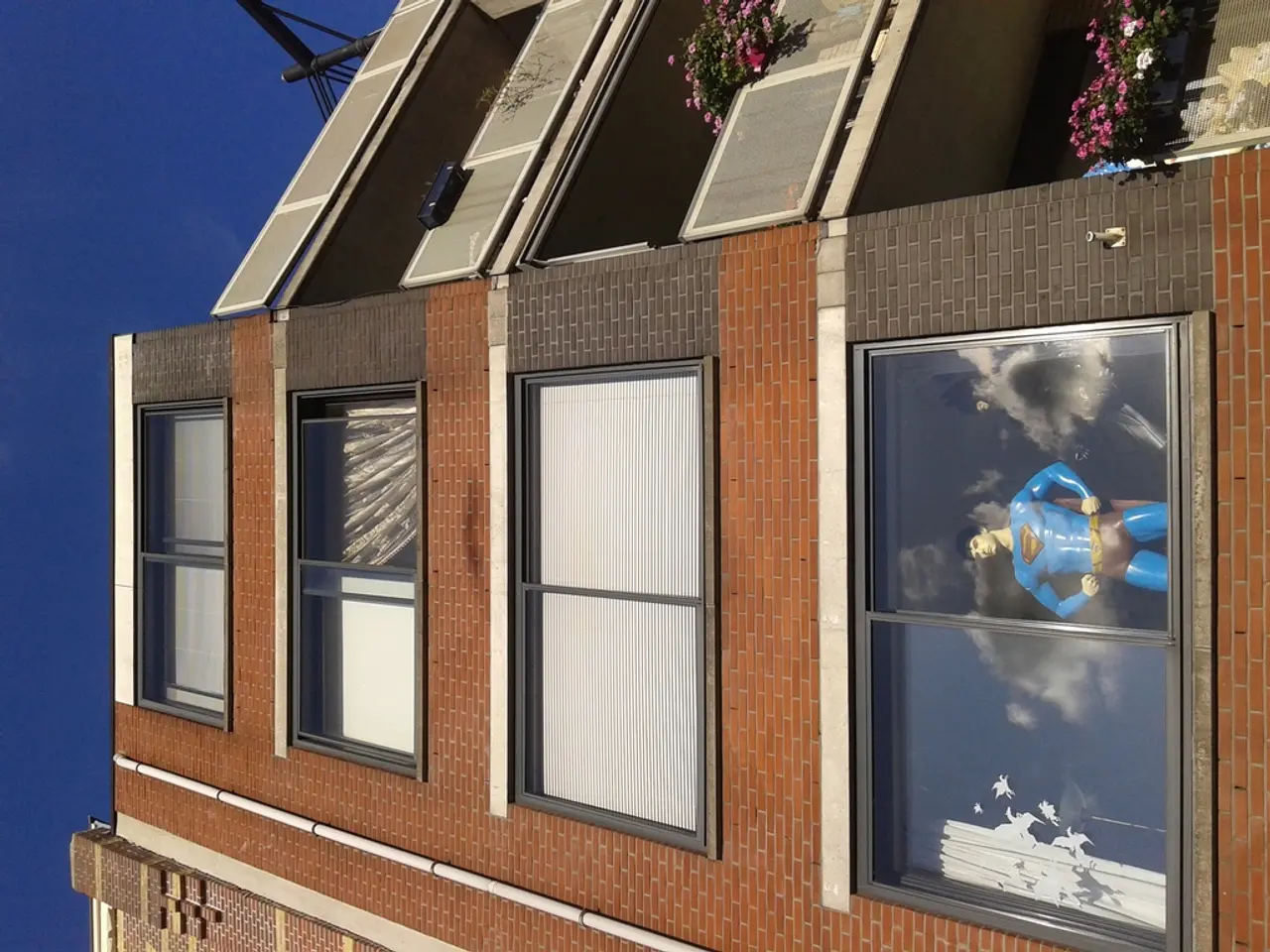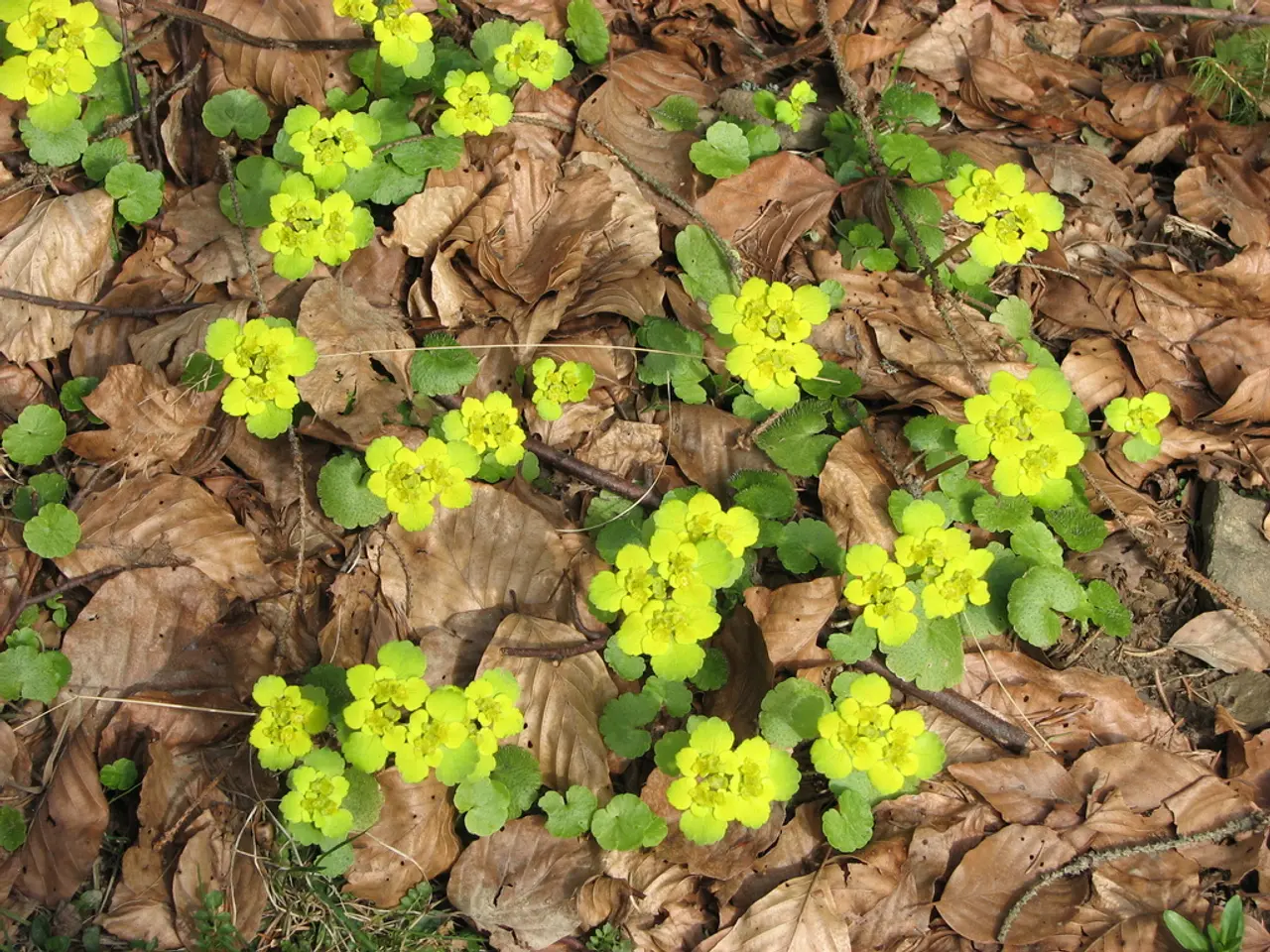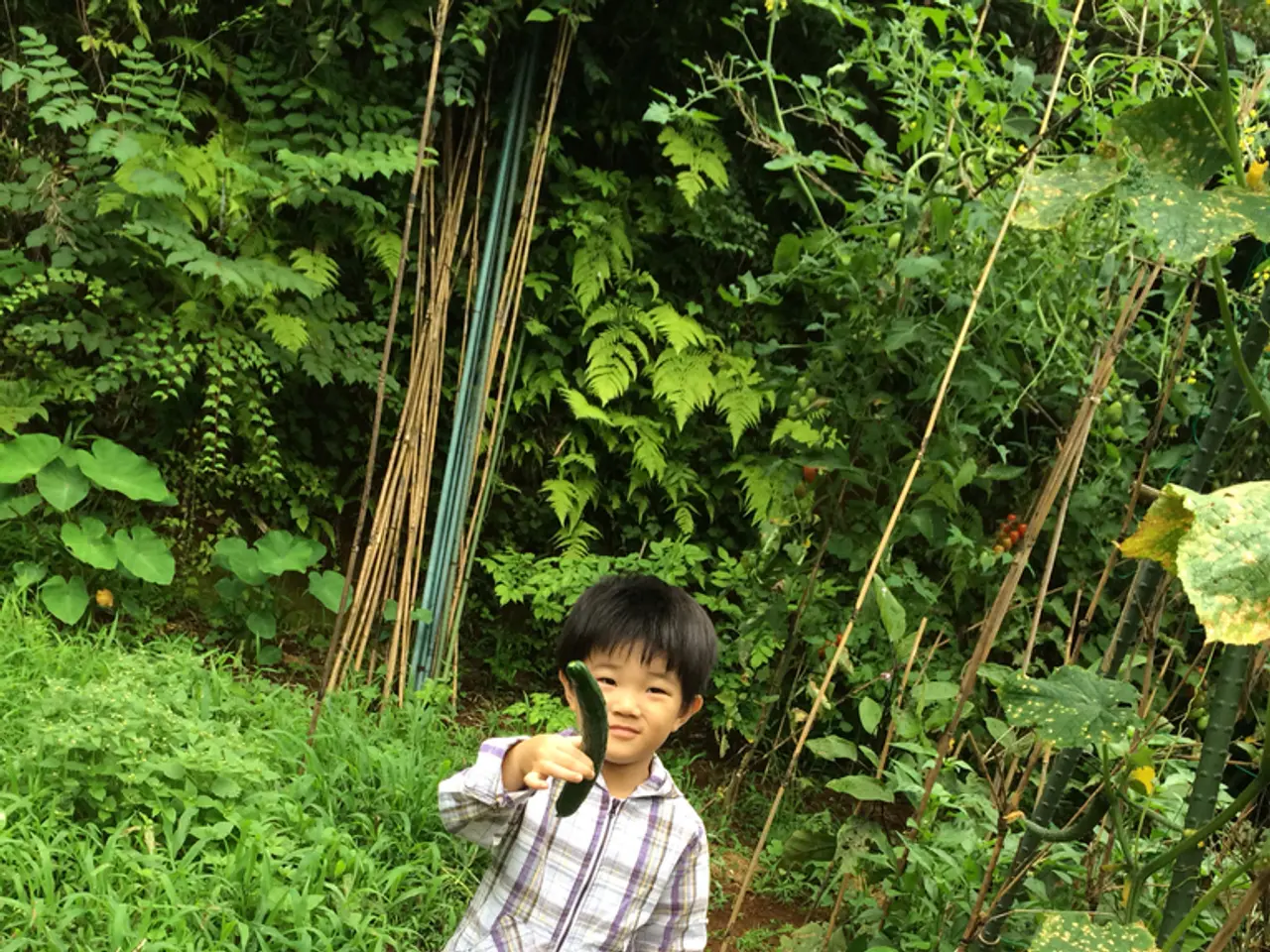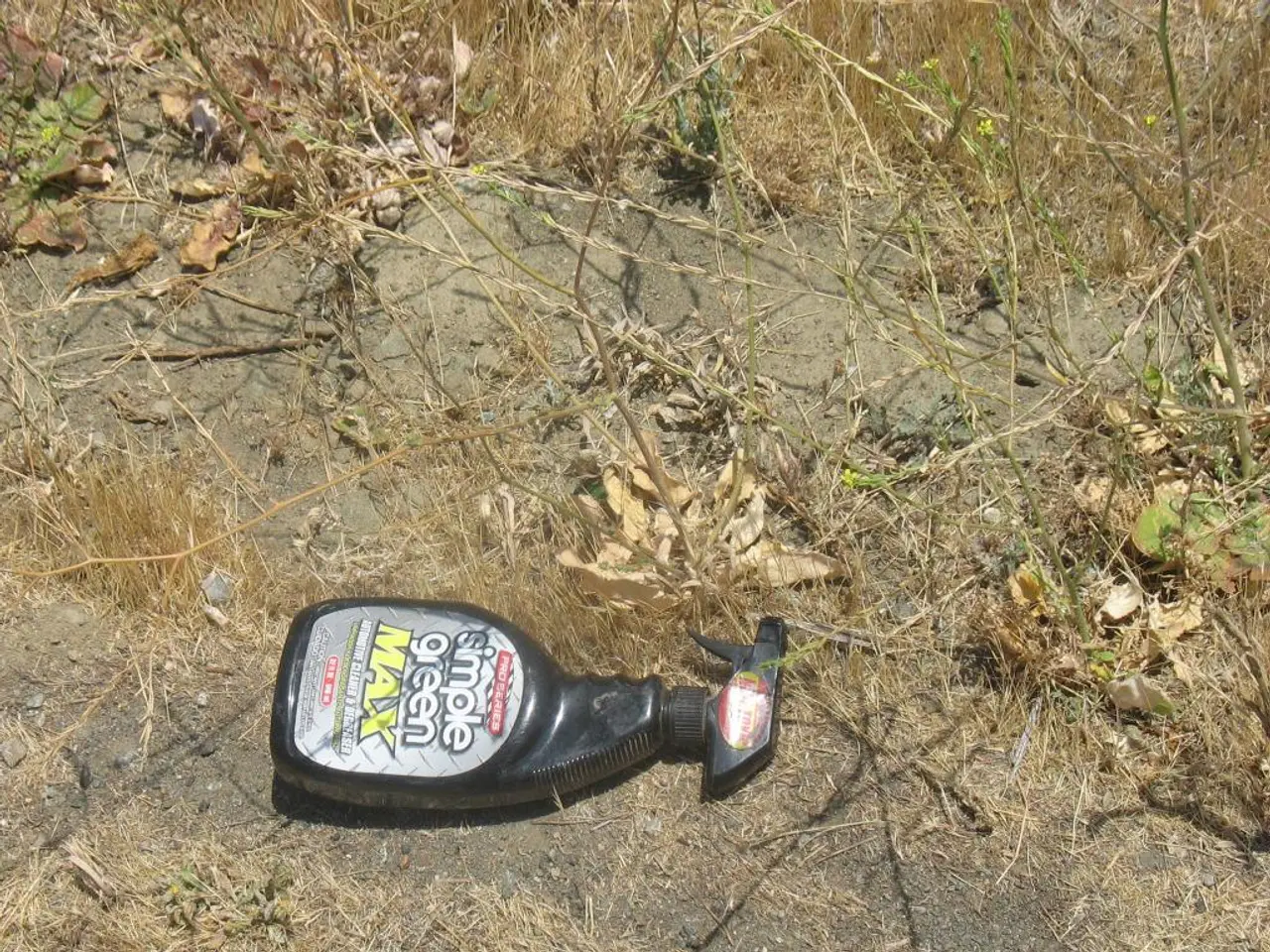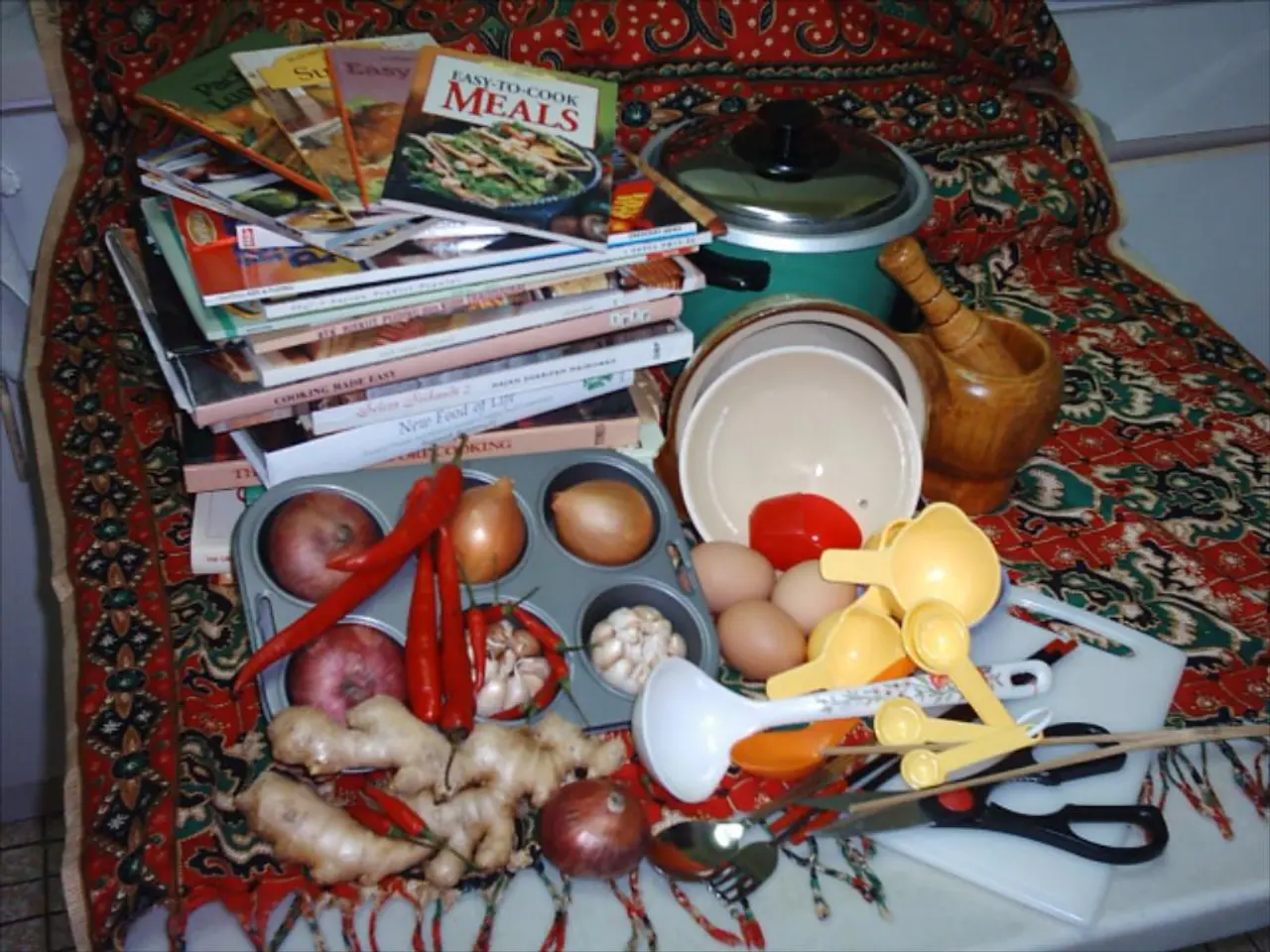Bonsai Pest Management Techniques: Secure and Efficient Approaches
In the world of bonsai cultivation, maintaining a healthy and thriving miniature garden is a delicate balance between nurturing the trees and managing potential pests. This article explores the various methods for sustainable pest control, focusing on understanding pest lifecycles, utilising beneficial insects, and implementing Integrated Pest Management (IPM) techniques.
**Understanding Pest Lifecycles**
A key aspect of sustainable pest control is monitoring bonsai regularly to identify when pests are most vulnerable. Early detection, such as during egg or larval stages, allows for targeted interventions at critical times, reducing the need for broad-spectrum insecticides. For instance, early detection of sap-sucking insects on bay laurel bonsai enables manual removal or treatment before infestations worsen.
**Utilizing Beneficial Insects**
Encouraging natural predators like ladybugs, lacewings, and certain birds helps control pest populations biologically. These beneficial insects feed on common bonsai pests such as aphids and mealybugs, helping maintain balance without synthetic chemicals.
**Integrated Pest Management (IPM) Techniques**
IPM combines multiple strategies to sustainably manage pests:
1. **Cultural controls:** Maintaining bonsai health through proper watering, pruning, and hygiene reduces pest susceptibility. For instance, pruning weak or diseased branches helps prevent pest colonization.
2. **Mechanical controls:** Regularly blasting bonsai with strong water jets can physically remove pests. Manual removal of infested leaves is also effective.
3. **Biological controls:** Introducing or encouraging beneficial insects as natural enemies.
4. **Organic or eco-friendly insecticides:** Using natural insecticides such as nicotine preparations from tobacco steep for pests in rosemary bonsai is advisable to avoid environmental harm. Products like insecticidal soaps or horticultural oils can target specific pests while being safe for the plant and beneficial insects.
5. **Monitoring and selective treatment:** Consistently check for pests and treat only when necessary to prevent outbreaks and minimise chemical use.
By integrating these methods—understanding pest life cycles, harnessing beneficial insects, and applying IPM principles—bonsai growers can effectively and sustainably manage pests while preserving plant health and environmental quality.
**Other Essential Practices**
- Quarantine new bonsai acquisitions to prevent pests from spreading between trees. - Good air circulation helps prevent the spread of pests between bonsai trees. - Choosing the right pest control products is essential for effective bonsai cultivation, with options like neem oil and insecticidal soaps offering organic solutions that target specific pests without harming beneficial organisms. - Overwatering can lead to weakened roots, creating an ideal environment for pests to thrive, while underwatering can cause undue stress and make trees more vulnerable to pest-related issues. - Disinfecting pruning tools between cuts helps prevent the transfer of pests or diseases from one tree to another. - Regularly inspecting your bonsai trees for signs of pests, such as eggs, larvae, or actual pests on the leaves or stems, is essential for early detection. - Removing any infested or damaged branches to prevent the spread of pests and disease is an important preventative measure. - Proper watering techniques, including monitoring soil moisture levels and adjusting the watering schedule accordingly, promote prime bonsai health and reduce susceptibility to pest infestations.
In conclusion, common methods for sustainable pest control in bonsai cultivation focus on understanding pest lifecycles, using beneficial insects, and implementing IPM techniques. These approaches minimise chemical use and promote a healthy bonsai ecosystem. By adopting these practices, enthusiasts can create an environment that fosters healthy growth and discourages pest proliferation, ensuring the long-term health and vitality of their miniature trees.
- Cultivating a bonsai lifestyle entails adopting practices from home-and-garden and gardening, including regular pest control methods.
- Sustainable methods for bonsai pest control involve utilizing various strategies like understanding pest lifecycles, utilizing beneficial insects, and employing Integrated Pest Management (IPM) techniques, to promote a healthy, chemical-free bonsai ecosystem.
